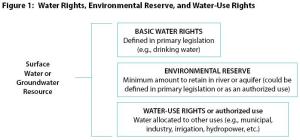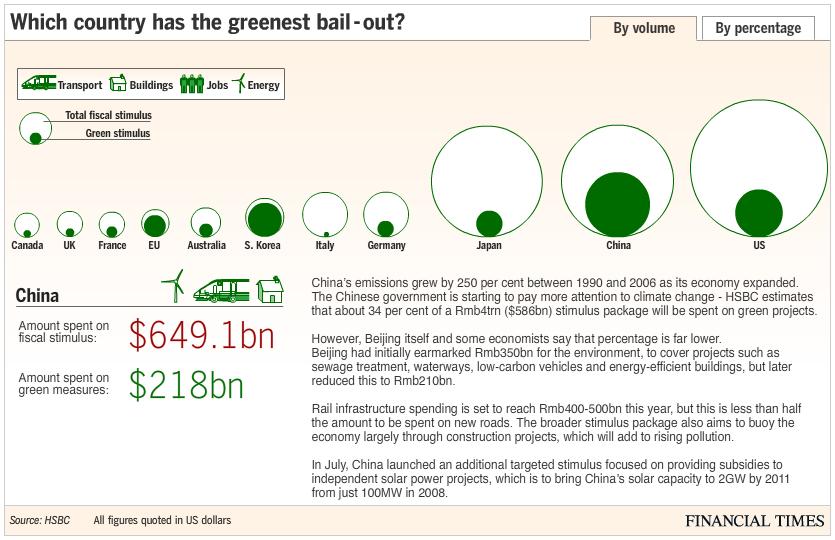CleanTech Skepticism
Most readers of this blog are likely those we could call CleanTech “early adapters.” People who are excited about a technological breakthrough, especially when it is also economic and profitable. The demand for energy is mostly inelastic- and usually the game is to figure out a way to produce it cheaper, cleaner and more efficiently. If you can do this, you have a huge market. However new events are bringing to light a once less relevant issue amongst the CleanTech sector- customer acceptance and preferences (aka skepticism).
We discussed briefly some skepticism about CFL and LED lights here, but probably the best example of CleanTech skepticism is in the widespread deployment of smart grid meters. The deployment of the meters may come with a press announcement but many of the residents are unaware until the meter is actually installed. Significant news coverage has been given to recent ‘episodes’ where utility customers claim their bills doubled overnight due to the new meters.
Customers in Texas are organizing a group to fight smart meter deployment- claiming they inaccurately raised their utility rates. One customer is San Francisco refused to let PG&E install the smart meter- claiming Constitutional rights! This customer claimed, “It permits PG&E to actually come into your home at any time during the day and know what appliances you are using. This is corporate intrusion on your life.” Is he correct? Of course not. Does it still matter? Absolutely. Complaints about smart meters are not isolated incidents and have numbered in the thousands. Bakersfield residents filed a class action lawsuit against their utility. Worse however is that large utilities do not want negative publicity on a very important initiative that will reduce the need for meter monitors, inefficient peaker plants, energy consumption and evolve their business into the 21st century. What can be done legally? Utilities have the right to monitor energy usage and also the right to turn off service for customers who do not comply with monitoring capabilities. Clearly this law does not help to placate customers.
This is not just an American issue either- a $2billion program was halted prematurely in Australia due to rate hike concerns. Why is this happening? In February, 2010, a Harris Poll found that 68% of Americans have never even heard of a smart grid yet 67% said they would reduce their usage if they had higher visibility to their consumption rates. 22% did not want the utility company to monitor their hourly usage.
Research performed by IDC Energy Insights commented “[utilities] have not thought through the implications of new technology and products on customer relationships or the business process.” It noted that the smart meter fundamentally alters the relationship of the customer from once simply a recipient of a monthly bill to now an ongoing, active partner in an energy management role. If 2/3 of your customers have not heard what a “smart grid” is, implementing an active energy management relationship will be very challenging.
To be sure, there are multiple meter audits being performed to ensure the accuracy of the meters. If they are found to be inaccurate and consequently incorrectly billing customers it will be a big embarrassment for utilities. If the meters are found to be accurate, which is what this link from Texas is showing, it is further validation of the challenges of implementing a smart grid system. Consumer awareness is not enough, to make the full deployment of smart meters successful utilities will need: customer support, customer trust in the accuracy of the meters, ongoing communications and education programs. Utilities need to invest some of the cost savings they will realize from smart meters into customer support.
Real time pricing, which incites customers to move discretionary use to off-peak hours, may cause issues because some customers simply don’t want to change their behavior. These customers will pay more for power, and are of course more likely to complain. That doesn’t mean the smart grid isn’t working, it just means some folks are unhappy that it does.


